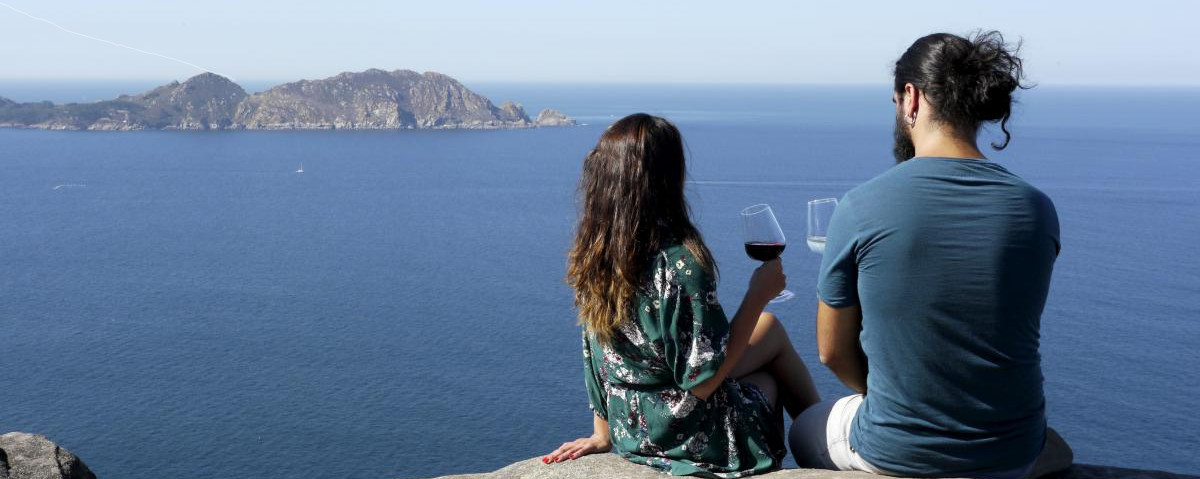
Come and enjoy the taste of our wine, the smell of our cellars and the texture of our grapes.
We invite you to enjoy our tasty cuisine, delight yourself with our rich heritage and soak up our culture and tradition.

The viticulture in the history of the territory.
It is well known that the viticultural tradition in Galicia comes from far back, so much that historians like Ramón Villares (History of Galicia - 2004) affirm that within the Romanization process of Gallaecia, after the invasion, the Roman people introduced the cultivation of the vine in our territory, with the purpose of consumption and export to the capital of the Empire. Second, the French geographer and botanist, Alain Huetz de Lemps, has documented the first evident and documentary evidence of the cultivation of vines in the territory of Pontevedra and Morrazo in the height of the Middle Ages, in the thirteenth century. For this, Huetz de Lemps is based on documentation found in the Mosteiro de Melón, Ourense, where it is demonstrated that dicte Mosteiro had numerous possessions in these territories where the vine was cultivated.
We also find another reference in the fifteenth century in Pontevedra, where local producers prohibit the Maremen's Guild from introducing wine from Ribadavia while there is local wine, in order to sell the total production of the area.
Between the thirteenth and fifteenth centuries the cultivation of the vine increased quantitatively throughout the Ría de Vigo and its production was sufficient to supply the entire environment, without the need to import wines. So much so that there is evidence that in the fifteenth century, in the port of Cangas, surplus production was sold to merchants who came in search of Ribadavia wine because the local product had a lower cost. Between the eighteenth and nineteenth centuries, the western part of the province of Pontevedra experienced an increase in vineyards, becoming, along with corn and potatoes, the main agricultural activity in this territory. And so, there was a growing wine tradition that reaches our days and left a strong cultural footprint.